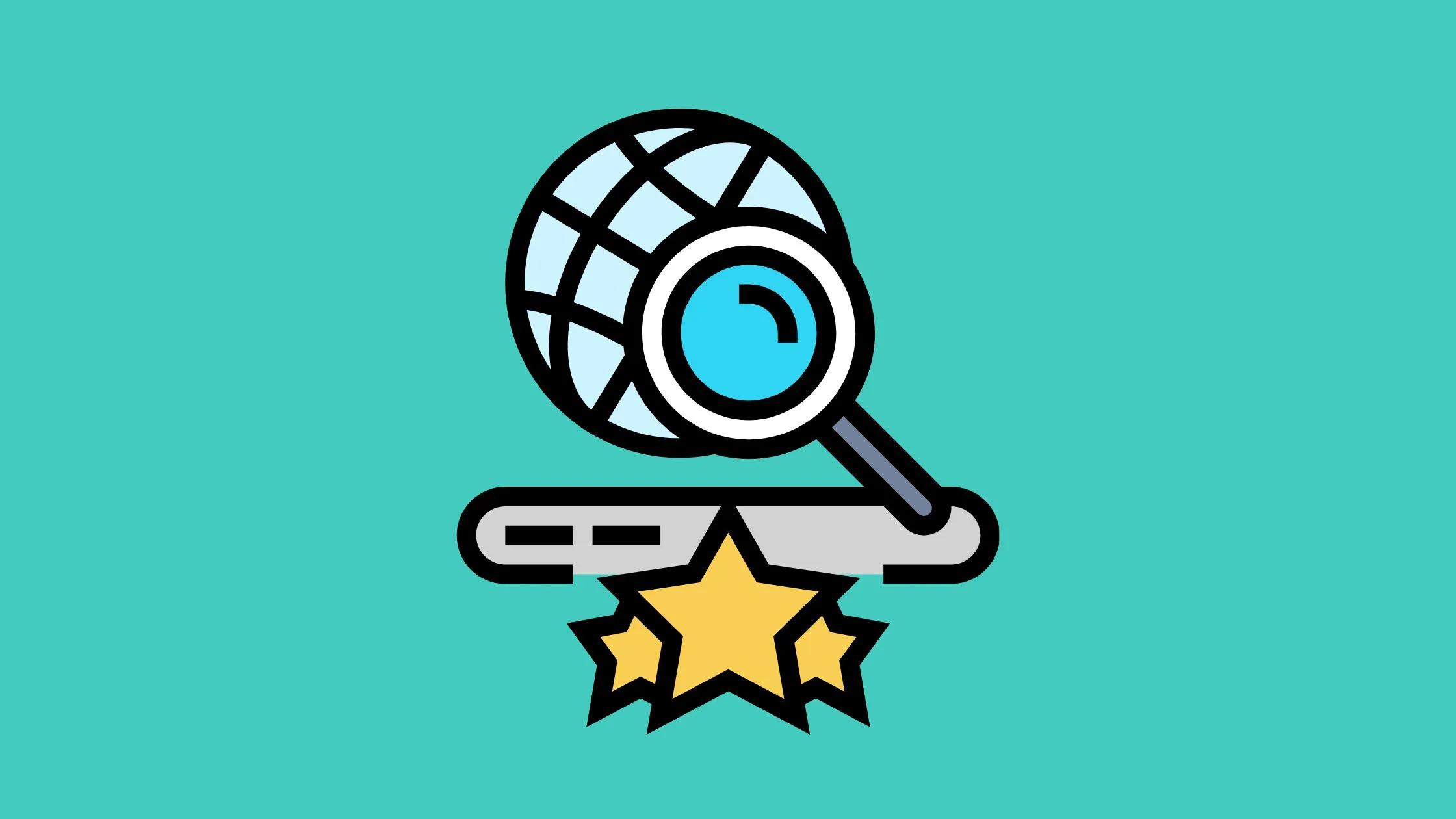
Seo
In the world of search engine optimization (SEO), domain authority and page authority are two metrics that help determine the credibility and ranking potential of a website or a webpage, and are therefore crucial for their discoverability. While domain authority (DA) predicts how well a website will rank on search engine result pages (SERPs), page authority (PA), on the other hand, is a metric that predicts how well a specific webpage will rank. Both DA and PA are measured on a scale of 1 to 100, with higher scores indicating a greater ability to rank.
Domain authority is a measure of the overall strength and credibility of a website. It takes into account various factors such as the number and quality of backlinks, the age of the domain, and the overall trustworthiness of the website. A higher domain authority score indicates a higher likelihood of ranking well in search engine results.
Several factors influence domain authority, including:
You can check the domain authority of a website on SEO platforms such as Moz, Semrush, Ahrefs and others. Simply enter the URL of the website you want to analyze, and these will provide you with the domain authority score - the name and scoring methodology of the metric may differ slightly from platform to platform .
Page authority is a measure of the ranking potential of a specific webpage. It takes into account factors such as the number and quality of backlinks pointing to that page, the relevance of the content, and the overall user experience. A higher page authority score indicates a higher likelihood of ranking well for that specific page.
Several factors influence page authority, including:
By consistently implementing and optimizing these strategies, a webpage’s authority will improve over time, leading to better search engine rankings and increased credibility.
Domain authority and page authority are important metrics in the world of SEO. Improving domain authority and page authority requires a combination of strategies, including creating valuable content, optimizing on-page elements, building high-quality backlinks, and providing a seamless user experience. By consistently working on these aspects, you can enhance your website's performance and achieve long-term SEO success.
Similar to checking domain authority, you can check the page authority of a specific webpage on SEO platforms such as Moz, Semrush, Ahrefs and others. Enter the URL of the page, and they will provide you with the page authority score.
While both domain authority and page authority are important metrics, they differ in their scope. Domain authority measures the overall strength and credibility of a website, while page authority focuses on the ranking potential of a specific webpage. It's important to understand this distinction to effectively optimize your website for search engines.
Domain authority can influence the page authority of individual pages within a website. A website with a high domain authority is more likely to have pages with higher page authority. However, it is possible for individual pages to have higher page authority than the overall domain authority, especially if they have a strong backlink profile and optimized content.
While domain authority and page authority are separate metrics, they work together to improve your website's overall SEO performance. A high domain authority can provide a strong foundation for your website, while high page authority can help individual pages rank well for specific keywords. Balancing both metrics is crucial for achieving long-term SEO success.
Improving a website's Domain Authority (DA) requires a strategic approach that includes on-page optimization, content quality, technical SEO, and off-page factors like backlinks. Here’s a comprehensive list of actions to improve a website's Domain Authority:
By implementing these steps, your website’s Domain Authority should gradually improve, which can help boost rankings and overall organic traffic.
Improving a webpage’s page authority is key to boosting its search engine ranking and credibility. Here’s a comprehensive list of actions to enhance the authority of a specific webpage:
-dffc85e1-a1bc-47e5-89cb-b8b1c8610d50.jpg&w=3840&q=75)
-15594696-e732-4f59-adb1-3f9a117c4cc1.jpg&w=3840&q=75)
%20(1)-4edd5e89-26fe-43a2-843d-014769b4631e.jpg&w=3840&q=75)